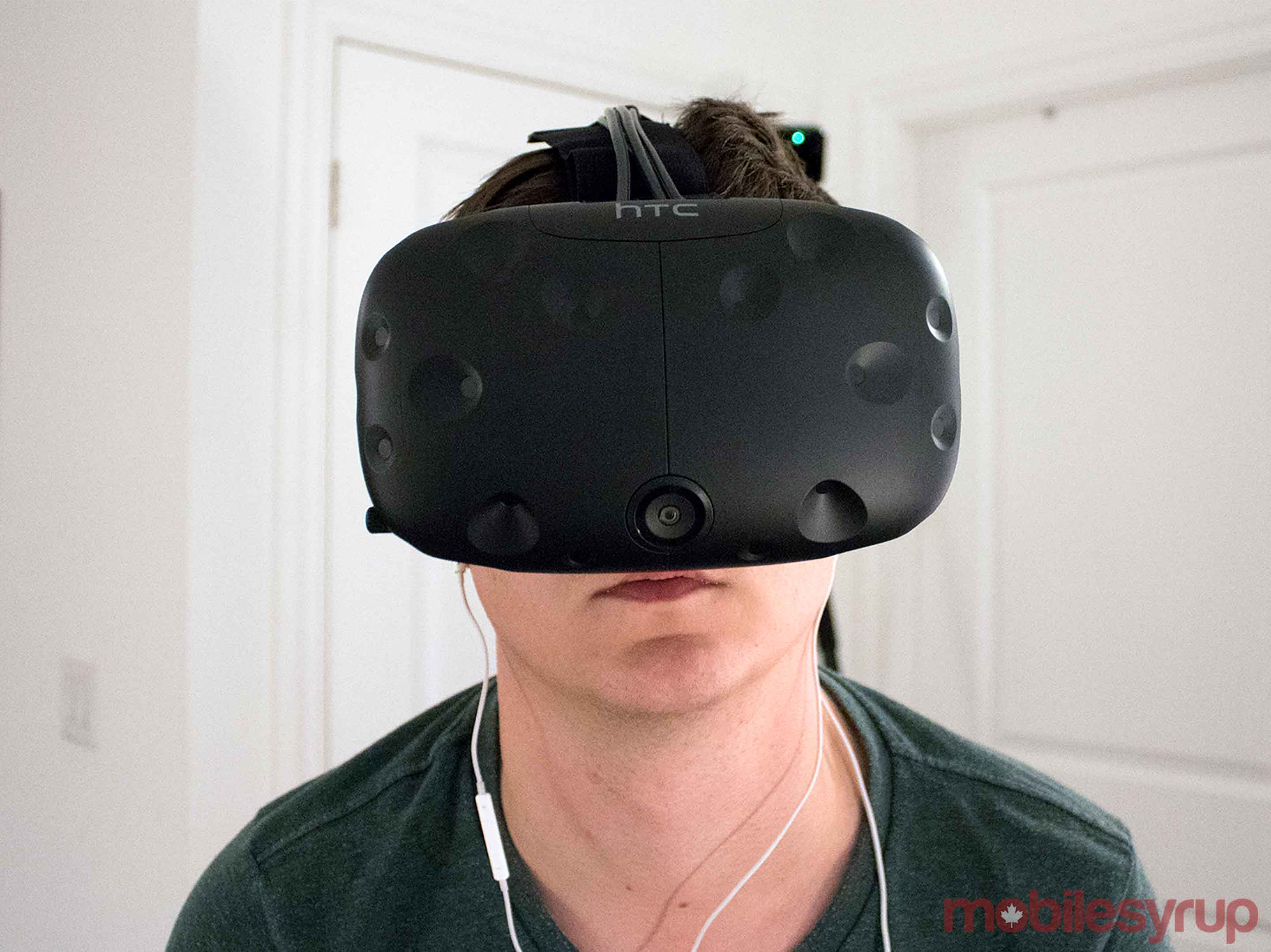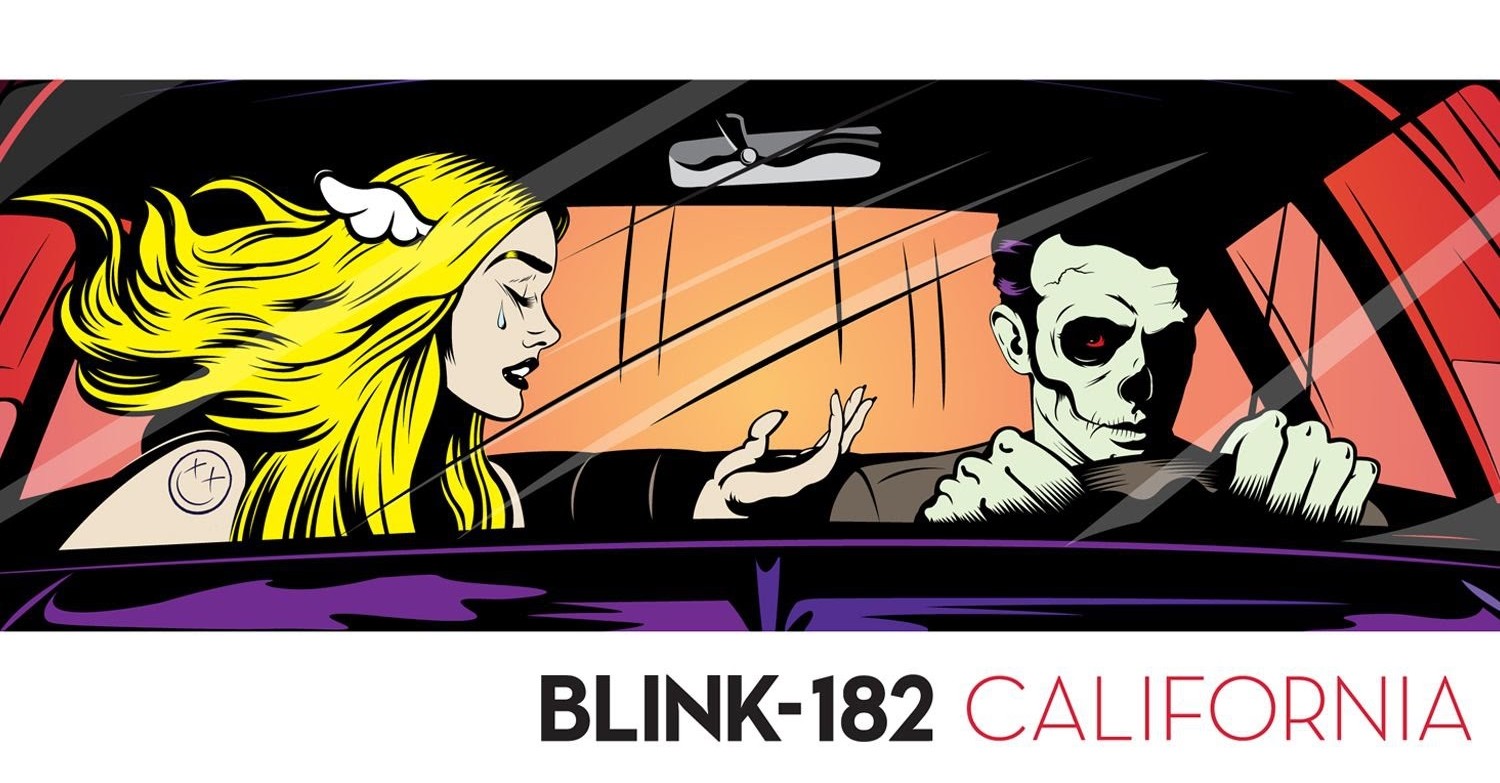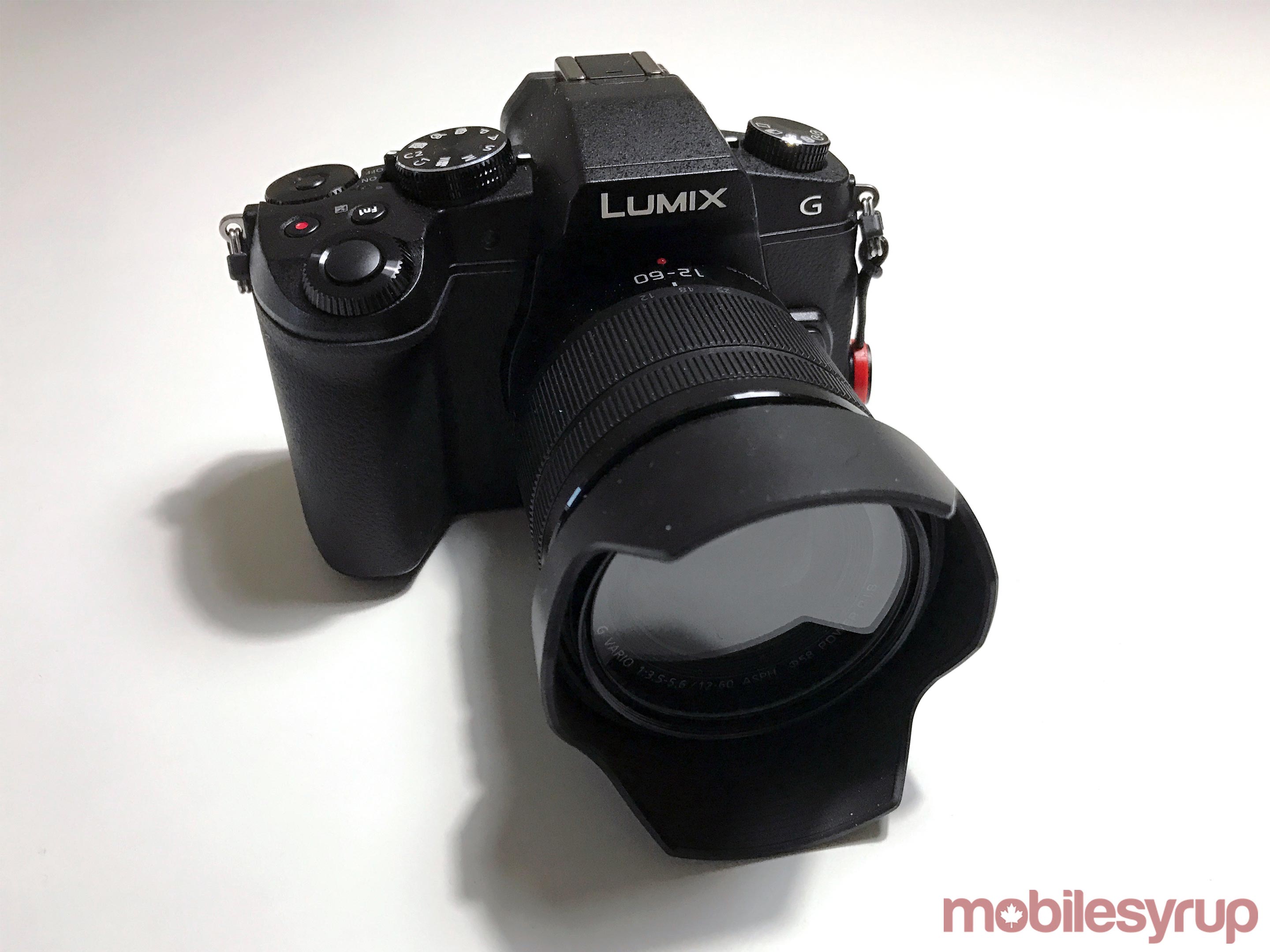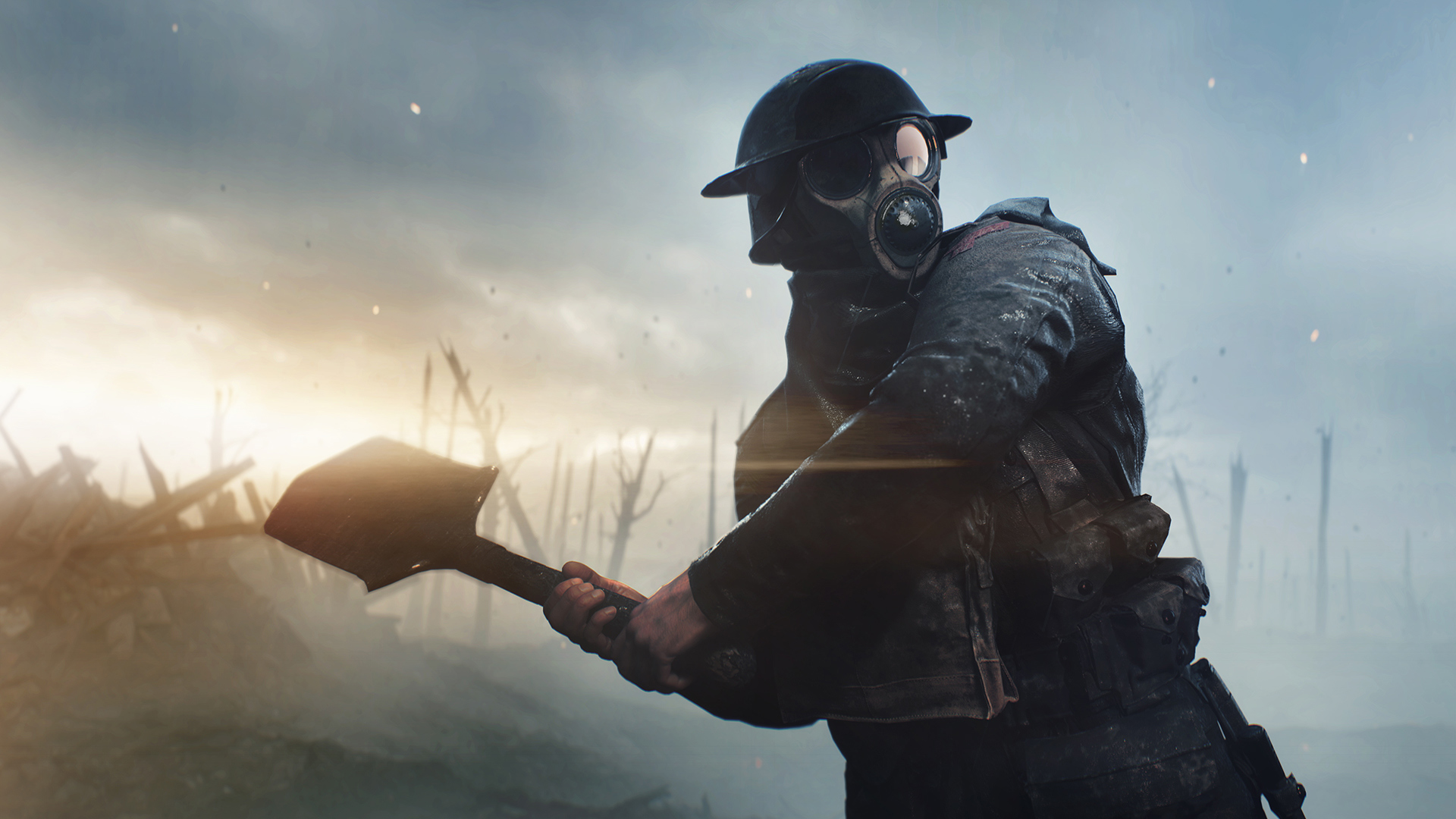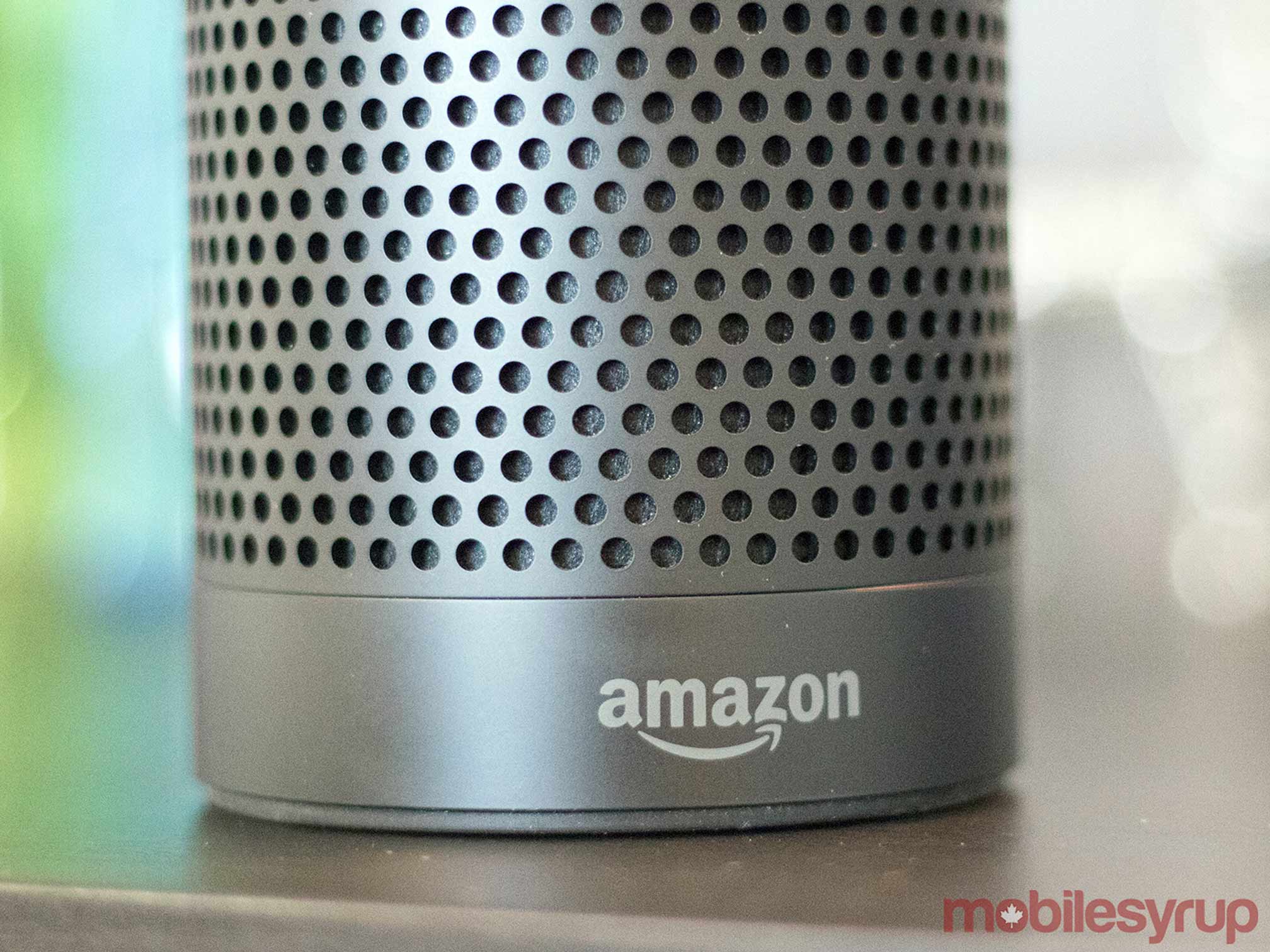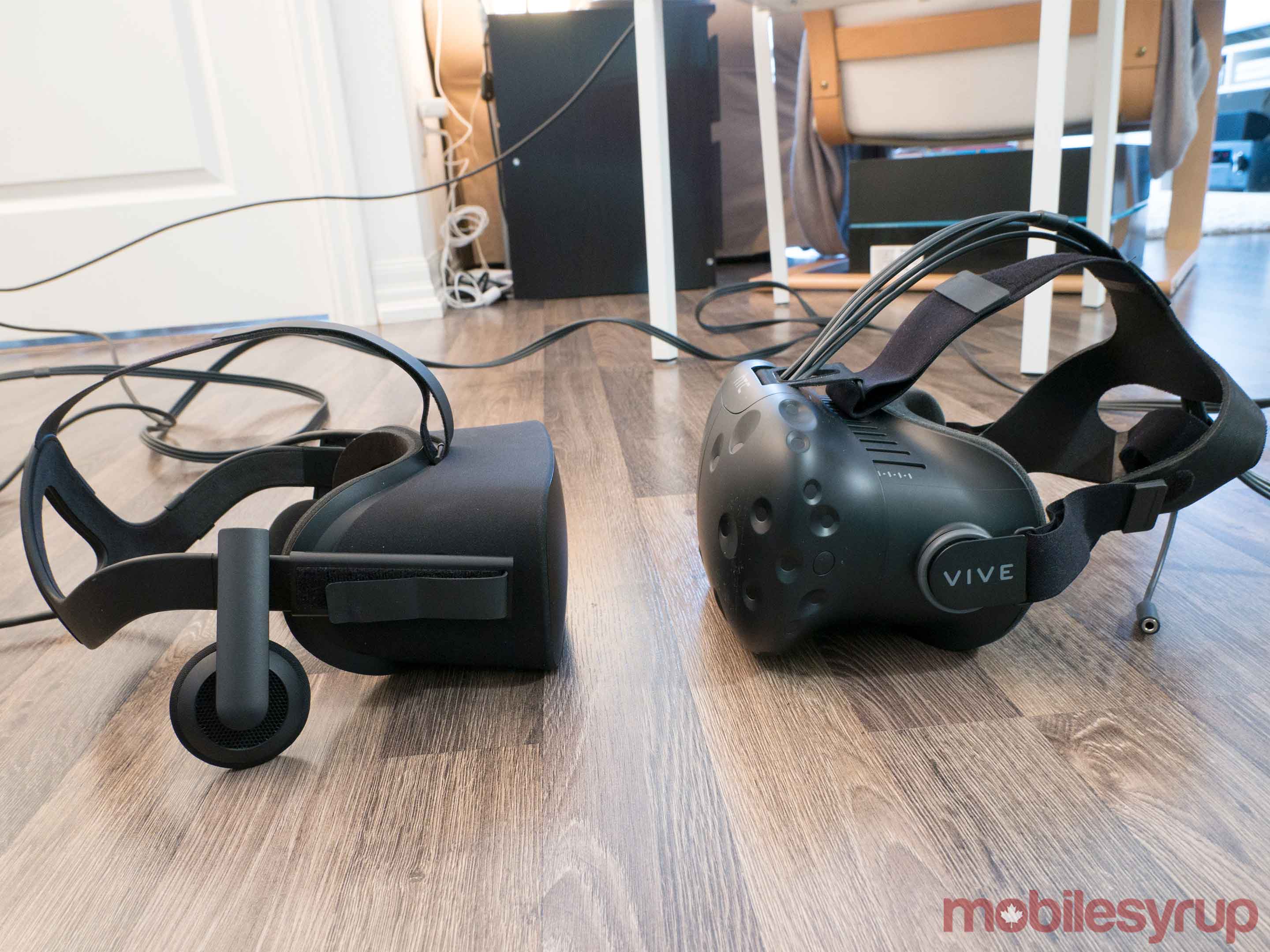
2016 was a whirlwind of a year for me and part of me can hardly believe that it’s already over.
Big changes went down at MobileSyrup and we have significantly more ambitious plans for the new year (you’ll learn more about this in a few weeks). This was also a significant year for virtual reality and augmented reality (which my colleague Rose Behar is going to discuss in her “best of” list), with most major headsets finally hitting the market after years of development kits and anticipation. I also entered the sometimes frustrating world of micro four thirds cameras via the Panasonic G85.
Like most of my co-workers here at MobileSyrup, however, many of my interests fall outside the mobile and tech space. Mobile is very important to me, but since we all cover the topic on a daily basis here at Canada’s largest independent tech site, we thought it would be fun to let you, our valued readers, get a glimpse of a different side of our lives.
Below are my favourite things from 2016, in no particular order.
High-end VR is here
I spent much of my youth imagining what virtual reality eventually could become once technology caught up with people’s ambitious imaginations. Those dreams didn’t come to fruition until the HTC Vive was finally released earlier this year. While Oculus and Touch’s front-facing room-scale is impressive and in some ways actually works better in my relatively small apartment, the 360-degree room-scale functionality feature in the Vive remains unparalleled. I’ve brought the headset, my mid-range gaming PC and the Vive’s base stations over to friend’s houses, and their reaction is always “wow.”
The ability to walk around a virtual world, turn 360-degrees, and still have your arms and head being tracked, all in-game, is an incredibly immersive experience. The software in terms of games isn’t quite there yet, with developers still wrapping their heads around exactly what a virtual reality game is and how it plays. Also, the price of the HTC Vive, plus a high-end PC capable of handling virtual reality, is still astronomical, but the potential is undeniably there.
Canadian-developed The Gallery: Episode 1 — Call of the Starseed, a VR adventure game that has a lot in common with old school point and click titles, is probably the best example of where virtual reality could be headed in the gaming space.
I’m looking forward to becoming a ‘pod person’ in the very near future.
Blink-182’s ‘California’ album
I have notoriously bad taste in music, or good taste if you’re a 14-year-old girl living in the suburbs full of teenage angst. For as long as I’ve been aware of music, Blink-182 has been my favourite band. The group’s inability to sing in tune live and in contrast, how over-polished their studio recordings are, has always been a fascinating dichotomy for me.
With the long overdue departure of Tom Delonge, one of the group’s founding members who hasn’t been into anything the band has been doing for the last half a decade — it seems he’d rather sell “To the Stars” t-shirts and research aliens — the group kicked it into high-gear this year after Alkaline Trio’s Matt Skiba joined the pop punk outfit.
With California, Blink-182 has returned to the core of its polished, pop punk roots, for better or worse. Not every song on the album is spectacular, but it’s the best effort the group has released in years, as well as one of the best albums released in the genre of music in perhaps the last five years. The amount of effort Skiba has put into taking the band’s future seriously, despite not being around for its inception, is also commendable. Seriously, the tracks he fronts on California are the album’s best songs.
Also, California is nominated for a Grammy, so at the very least, I’m not the only one who thinks Blink-182 is still relevant, that is if you take the yearly awards show seriously.
Panasonic’s G85
There was an era in my life when I only snapped photos for fun, but that time is long gone. Now, I primarily take pictures of phones and other tech products for work. Since coming to MobileSyrup, however, video has become a significant part of my day-to-day job.
While my Canon Rebel t6i was only a few years old, the historic camera company’s reluctance to take video seriously in its prosumer line-up forced me to begin looking elsewhere. There’s that, and the fact that I’m a spry 28-years-old and I’m already starting to suffer from mild back problems. While my poor posture is to blame for this, so is the turtle sized backpack I carry to and from the MobileSyrup office on a daily basis.
After doing extensive research, particularly in the micro four thirds space, I finally landed on Panasonic’s recently released G85. It’s not as small as the GX85, but it’s decidedly tinier than my bulky Canon, which I ended up selling on Kijiji shortly after getting my hands on the G85.
The world of micro four thirds is sometimes frustrating, especially in lowlight, and I’m also still trying to wrap my head around the camera’s various intricacies, particularly when it comes to video. The benefits, however, including a lighter body and some of the best video capture functionality in the industry, definitely outweigh the cons.
Battlefield 1
A long time ago, in a galaxy far, far away (more like two years ago), I wrote about video games for a living as Postmedia’s national tech reporter. While playing games as a job slowly but steadily built up my hate for specific genres and series in the video game world, I still generally have a great time with first-person shooters, especially those based in an era of real-world history.
World War 2 set shooters were a huge thing in the mid 200os, but as soon as the modern Call of Duty series took off, every other developer followed suite. To EA’s credit, however, Battlefield 1 is a throwback to a bygone area of shooters in a variety of ways, though the game also enters unexplored territory with its surprisingly deep and historically conscious World War 1 set campaign.
The game is far from perfect, but Battlefield 1 is graphically impressive and sets itself apart from competing shooters that all feel the same, thanks to the unique way it allows players to approach its campaigns. Do you feel like taking down your foes stealthily? Then sneak around the map. Perhaps you’re in a “gunz blazing” mood? Grab that machine gun and run through the stage blasting everything in sight.
Many shooters, including Activision’s still extremely popular Call of Duty series, have attempted this branching gameplay path mechanic, but few have actually been successful. Battlefield 1 accomplishes this almost perfectly, and that’s why it’s one of my favourite games of the year.
Amazon Echo
While the Amazon Echo still isn’t officially available in Canada (I hope you’re reading this Amazon), it’s the best way to connect disparate smart home devices together under one umbrella. Apple’s Home is a great concept, but the reality is few current IoT devices support Google’s connectivity language.
Thanks to BetaKit senior editor and We Are Wearables founder, Tom Emrich, I was able to get my hands on an Echo, and to my surprise, most of what Alexa — Amazon’s voice activated assistant — is capable of in the U.S., also works in Canada, as long as you’re willing to play with the device’s settings a bit.
I now control my Philips Hue Lights and Ecobee3 with simple voice commands and even have the ability to turn specific lights on and off. While Google’s Home voice activated assistant still looms on the horizon, though an official Canadian release date still hasn’t been revealed, Alexa’s compatibility with almost every IoT device on the market, allowing it to act as a much-needed hub that crosses various manufacturers, has made me feel like I live in an apartment straight out of The Jetsons.
As a smart home fanatic, I’m excited to see what 2017 holds for the burgeoning industry.
MobileSyrup may earn a commission from purchases made via our links, which helps fund the journalism we provide free on our website. These links do not influence our editorial content. Support us here.

